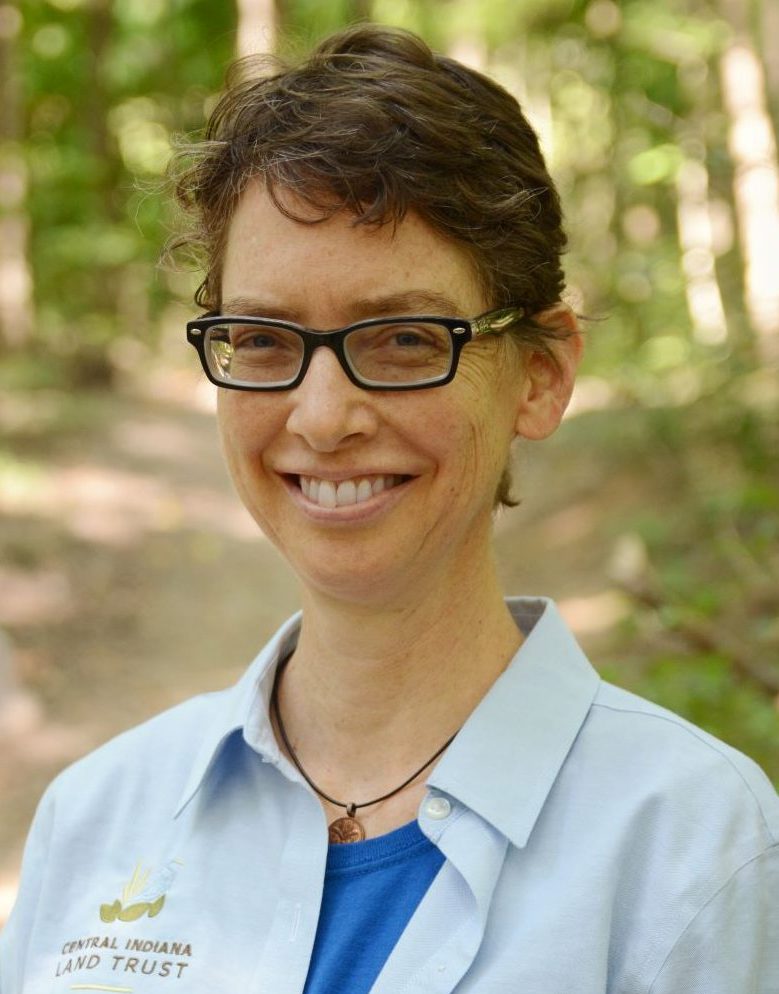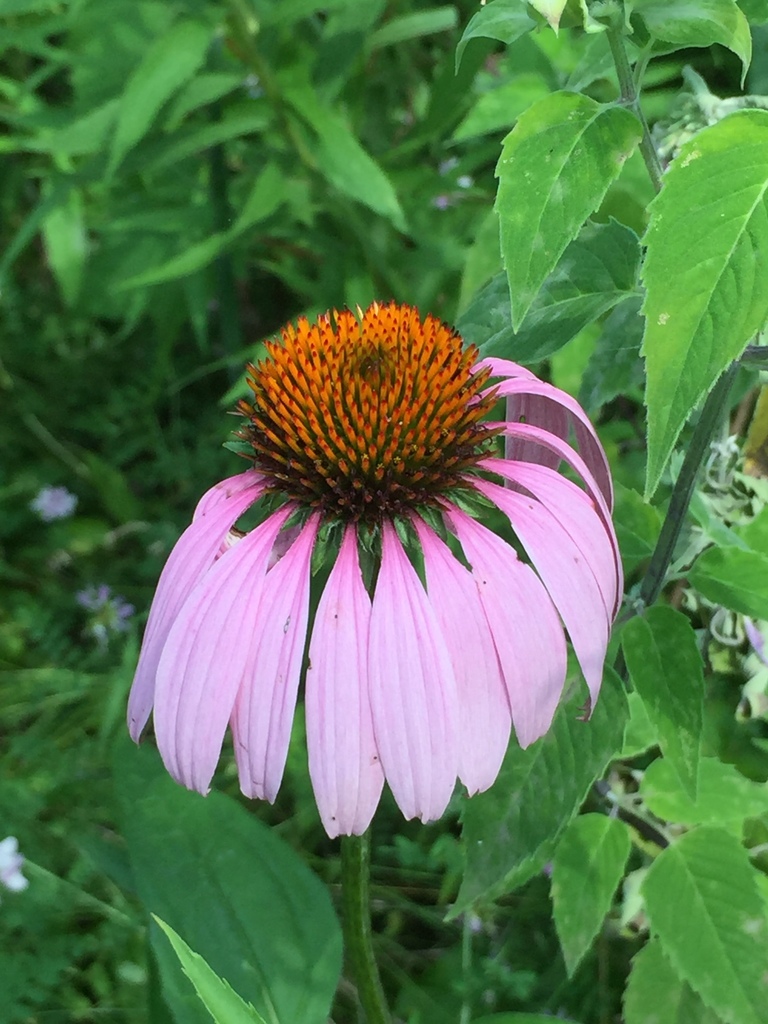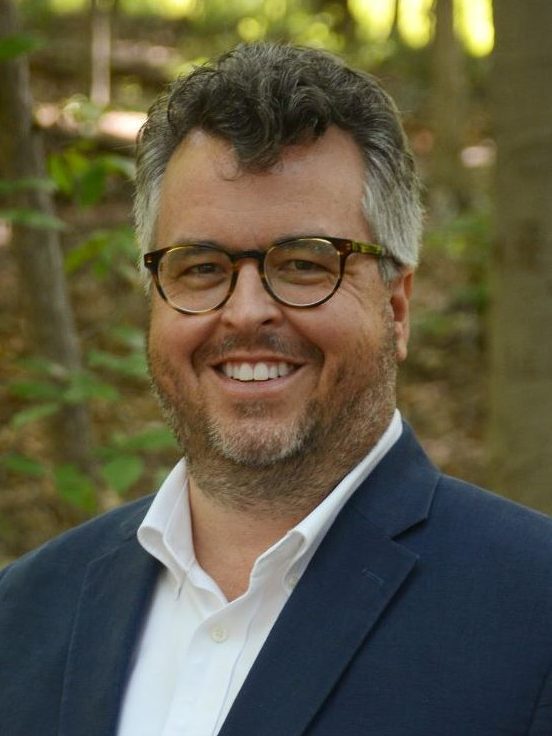by Cliff Chapman
Executive Director, Central Indiana Land Trust
You probably don’t notice it when you walk into your office building or drive by the bank. The landscaping looks nice, so you don’t pay attention to it. Throughout central Indiana, though, developers and landscapers are using plants that are inexpensive and look good, but plants like burning bush and Japanese barberry are destroying our native habitats and hurting land and water quality.
It’s not intentional; it’s simply a lack of awareness. For that reason, I’m appealing to developers and landowners to stop using these plants and choose native alternatives.
These invasives and others such as callery pear trees, Asian bush honeysuckle and privet are crowding out plants that help keep soil in place, which causes erosion that fills in our rivers and lakes. Some have stronger branches than native plants, making it easier for predators to attack bird nests, thus eliminating wildlife that people using your properties enjoy. Such negative environmental factors hurt our region’s ability to attract economic development.
If you question how something planted in a commercial development can affect nature far away, think again. Plants have a remarkable capacity to spread. We’ve seen countless examples of invasives in protected nature preserves and pristine old-growth forests … places where nobody intentionally planted them.
That’s why we need to work together to stop them.
Most of us have seen one of the nation’s most compelling examples of this problem: kudzu, which has devoured large portions of land in the Southeast. Introduced as a means of erosion control, kudzu has become a menace, spreading at an estimated rate of 150,000 acres a year, killing whole trees and large areas of vegetation by choking out sunlight.
In Indiana, the public has become increasingly aware of Asian bush honeysuckle and garlic mustard, which have taken over large swaths of land. Hundreds of volunteers have helped remove these plants, painstakingly cutting and pulling out those invaders so native plants can grow. We’re making headway, but these invasive plants continue to grow all across the state.
The good news is, developers no longer plant or buy Asian bush honeysuckle (garlic mustard was a garden plant that escaped).
That’s not the case, though, with other invasives including Japanese barberry, burning bush and purple winter creeper, as well as privet and Callery pear (including the Bradford pear). Those invasive plants still are sold at area stores and are popular among landscapers.
So, what can you do? First and foremost, when you’re planting, choose plants other than privet, burning bush, purple winter creeper, Japanese barberry and Callery/Bradford pear. If you have those plants, replace them with non-invasives.
There is no magic bullet, but by working together, we can get these invaders under control and make our landscape more environmentally stable and more attractive to the community.
From IBJ Opinion – August 24, 2013
President and CEO
As CILTI’s President and CEO, Cliff keeps CILTI’s focus on good science and stewardship. He’s mindful that the natural places you love took thousands of years to evolve and could be destroyed in a single day, and that knowledge drives his dedication to their protection.




